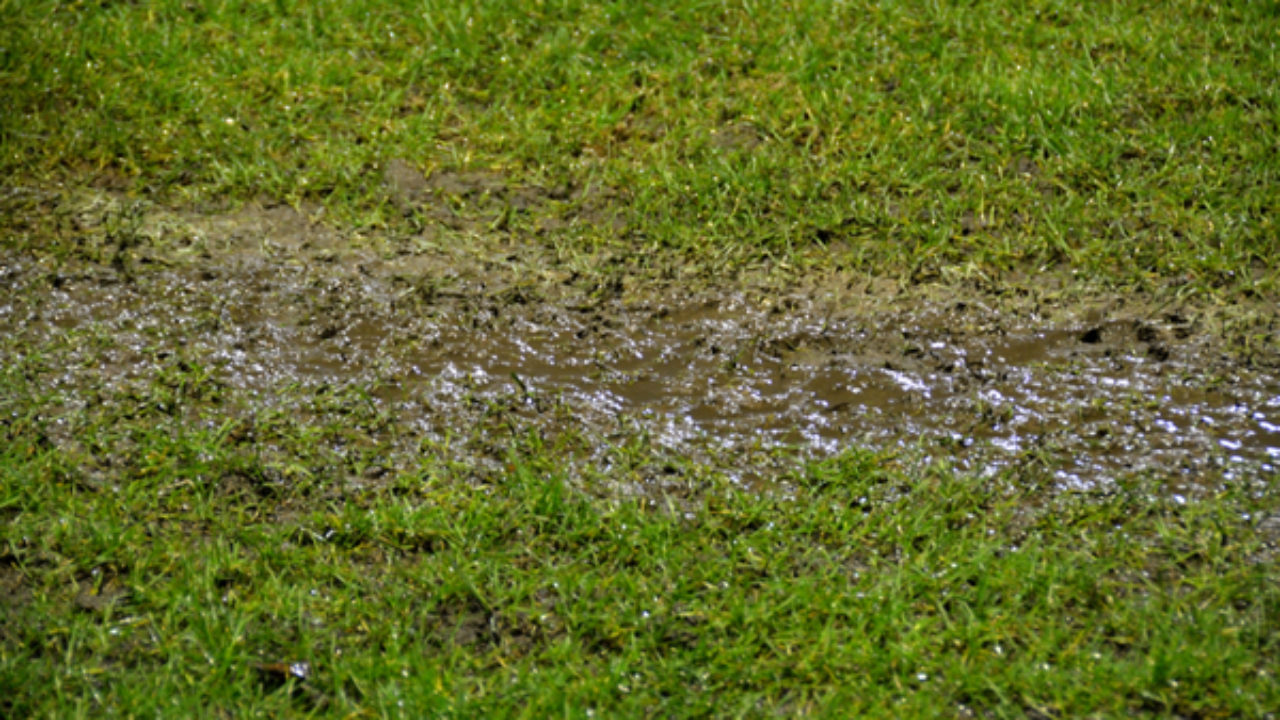Unmasking Hidden Water Line Leaks: Six Smart Detection Methods
Unmasking Hidden Water Line Leaks: Six Smart Detection Methods
Blog Article
What're your ideas with regards to Detecting hidden plumbing leaks?

Early detection of dripping water lines can reduce a possible calamity. Some small water leaks may not be visible.
1. Analyze the Water Meter
Every home has a water meter. Examining it is a guaranteed manner in which aids you find leaks. For beginners, shut off all the water sources. Guarantee nobody will certainly purge, make use of the tap, shower, run the washing maker or dishwashing machine. From there, go to the meter as well as watch if it will certainly transform. Because no one is utilizing it, there ought to be no activities. If it moves, that suggests a fast-moving leak. If you detect no changes, wait a hr or 2 and also inspect back once more. This indicates you may have a slow-moving leakage that might also be below ground.
2. Inspect Water Consumption
If you spot abrupt changes, in spite of your consumption being the same, it means that you have leakages in your plumbing system. An unexpected spike in your expense suggests a fast-moving leakage.
A stable boost every month, even with the exact same behaviors, reveals you have a slow leakage that's also slowly rising. Call a plumber to extensively check your residential property, specifically if you feel a cozy area on your floor with piping beneath.
3. Do a Food Coloring Examination
When it comes to water consumption, 30% comes from bathrooms. If the color somehow infiltrates your bowl throughout that time without flushing, there's a leak between the container as well as dish.
4. Asses Exterior Lines
Do not fail to remember to check your outdoor water lines too. Needs to water leak out of the connection, you have a loosened rubber gasket. One tiny leak can throw away bunches of water as well as increase your water expense.
5. Examine the situation and also evaluate
Home owners need to make it a habit to check under the sink counters and also even inside closets for any bad odor or mold and mildew growth. These two warnings show a leakage so timely attention is needed. Doing routine assessments, also bi-annually, can save you from a major issue.
If you recognize your home is currently old, maintain a watchful eye on your heating systems, tubes, pipelines etc. Look for discolorations as well as deteriorating as many pipelines and home appliances have a life span. They will certainly also normally deteriorate due to damage. If you suspect dripping water lines in your plumbing system, do not wait for it to rise. Call a professional plumber right now so you do not end up with an awful mess in your house.
Early detection of leaking water lines can reduce a potential disaster. Some tiny water leaks might not be noticeable. Checking it is a surefire way that helps you find leakages. One small leak can throw away tons of water and surge your water costs.
If you think leaking water lines in your plumbing system, do not wait for it to rise.
WARNING SIGNS OF WATER LEAKAGE BEHIND THE WALL
PERSISTENT MUSTY ODORS
As water slowly drips from a leaky pipe inside the wall, flooring and sheetrock stay damp and develop an odor similar to wet cardboard. It generates a musty smell that can help you find hidden leaks.
MOLD IN UNUSUAL AREAS
Mold usually grows in wet areas like kitchens, baths and laundry rooms. If you spot the stuff on walls or baseboards in other rooms of the house, it’s a good indicator of undetected water leaks.
STAINS THAT GROW
When mold thrives around a leaky pipe, it sometimes takes hold on the inside surface of the affected wall. A growing stain on otherwise clean sheetrock is often your sign of a hidden plumbing problem.
PEELING OR BUBBLING WALLPAPER / PAINT
This clue is easy to miss in rooms that don’t get much use. When you see wallpaper separating along seams or paint bubbling or flaking off the wall, blame sheetrock that stays wet because of an undetected leak.
BUCKLED CEILINGS AND STAINED FLOORS
If ceilings or floors in bathrooms, kitchens or laundry areas develop structural problems, don’t rule out constant damp inside the walls. Wet sheetrock can affect adjacent framing, flooring and ceilings.
https://www.servicemasterbyzaba.com/blog/how-to-detect-water-leakage-in-walls/

I'm certainly very interested by Top leak detection hacks and I'm hoping you appreciated our page. Sharing is caring. Helping people is fun. Thank you for going through it.
Explore Now Report this page